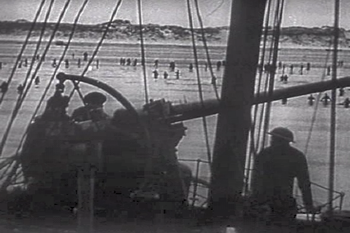Tag: Dunkirk
-

Dunkirk – A different sort of war movie
I went to see Dunkirk with my 11 year old son last week. I’d read some reviews beforehand and chose the IMAX version. It’s an amazing movie that I think will bear watching again. I’ll try to avoid spoilers. Dunkirk The movie focuses on three stories, one on Land (over a week), one on the…
-
Book Review – First Light by Geoffrey Wellum
First Light by Geoffrey Wellum My rating: 4 of 5 stars If you want to know what it was like as a spitfire pilot in the Battle of Britain, then this is the book you need to read. The author was a public schoolboy that joined the RAF just before the outbreak of war. He…
-
The Battle for France didn't end at Dunkirk
The title of Saul David‘s “Churchill’s Sacrifice of the Highland Division” is possibly erroneous, the book doesn’t come out for what happened to the 51st Highland Division in June 1940 as being a political gesture of allied solidarity on the part of Churchill. It is certainly the fullest account of the 1940 campaign of the…